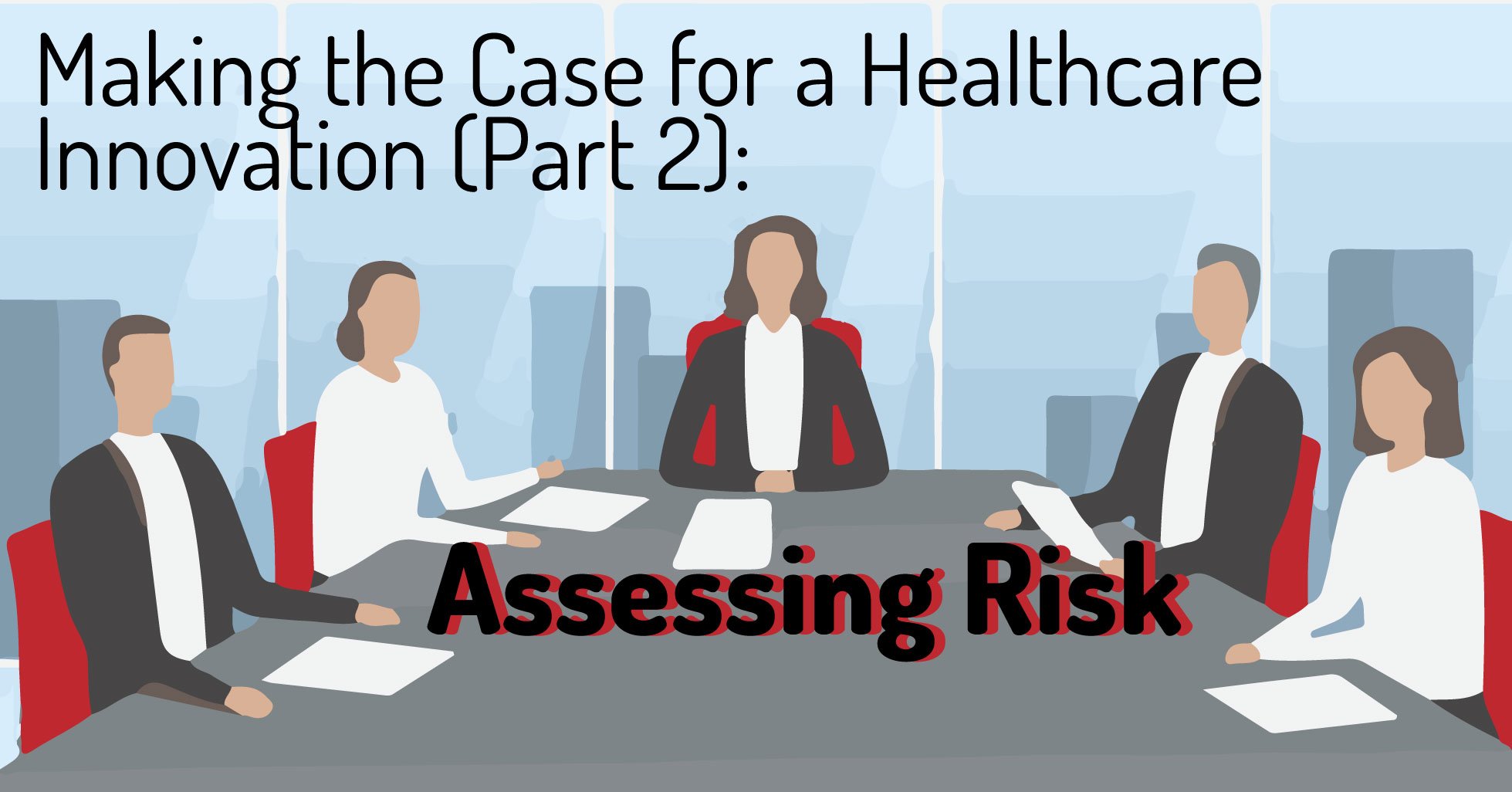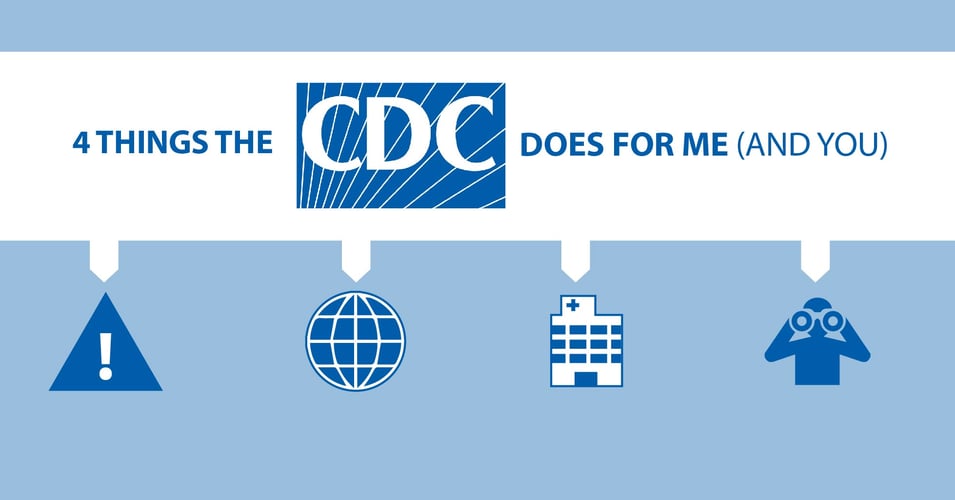Making the Case for a Healthcare Innovation (Part 2): Assessing Risk

 Assessing the potential risks and benefits is an important step before proposing a new product or program for your facility. You need to anticipate all the possible things that could go wrong alongside the things you believe will go right. In today's post, we will examine what types of risks to identify and how they might impact your facility.
Assessing the potential risks and benefits is an important step before proposing a new product or program for your facility. You need to anticipate all the possible things that could go wrong alongside the things you believe will go right. In today's post, we will examine what types of risks to identify and how they might impact your facility.
What constitutes a risk? In healthcare, a risk would entail any change that deviates from the current standard of care that could have negative effects on patient outcomes - but risk can be so much more. For each of the types of risks listed below, you will want to ask yourself what specific things could go wrong, looking closely at the impact on partners, infrastructure, staff, community, and finances.
- Medical Risks: In what ways could this product/program impact delivery of care? What are all the possible health risks associated with this product? If used incorrectly, could it harm patients or staff?
- Example: A new pharmaceutical item has the potential for abuse/misuse.
- Operational Risks: How could this product/program interrupt daily operations? What impact would it have on the administration of the facility, including staff time and training?
- Example: A new product requires shutting down an area of the hospital as it is installed.
- Regulatory Risks: Does this product/program open the facility up to possible lapses in meeting regulatory requirements? If all the regulatory bodies are not accounted for, what could happen to the facility?
- Example: Installation of a new product will temporarily cut off water supply to certain area of the facility.
- Financial Risks: Does this investment have the potential to result in financial loss (directly or indirectly)? If funds are provided for the product/program, will other services not receive funds?
- Example: An innovation requires ongoing costs, some of which may not be anticipated.
- Strategic Risks: Does the product/program align with the long-term vision of the facility, or could it slow progress in one or more areas?
- Example: Investment in an outpatient surgical area in the hospital when the strategic goals include moving outpatient services to a satellite location within 5 years.
- Political Risks: If you invest in a new product/program, which affiliations will be impacted?
- Example: Your new products affects a long-standing contract with a large vendor, or your new program requires a certification all your affiliated facilities will have to complete in order to continue your relationship.
Of course, a risk you need to consider is "What do I risk if I do not adopt this new product/program?" You need to have data that backs up a confident belief that your facility will be better off with the new product/program that it is without it.
A tried-and-true way to anticipate risks is to complete a SWOT analysis. Your team can organize risk assessment by identifying the strengths, weaknesses, opportunities and threats of the proposed product/program, gaining a clearer picture of not only what could go wrong, but how many of those threats can be mitigated before they become a problem. A great break down of a healthcare-oriented SWOT analysis can be found here.
How do you assess risks at your facility? Share your thoughts in the comments below.
![EOScu Logo - Dark - Outlined [07182023]-01](https://blog.eoscu.com/hubfs/Eoscu_June2024/Images/EOScu%20Logo%20-%20Dark%20-%20Outlined%20%5B07182023%5D-01.svg)




